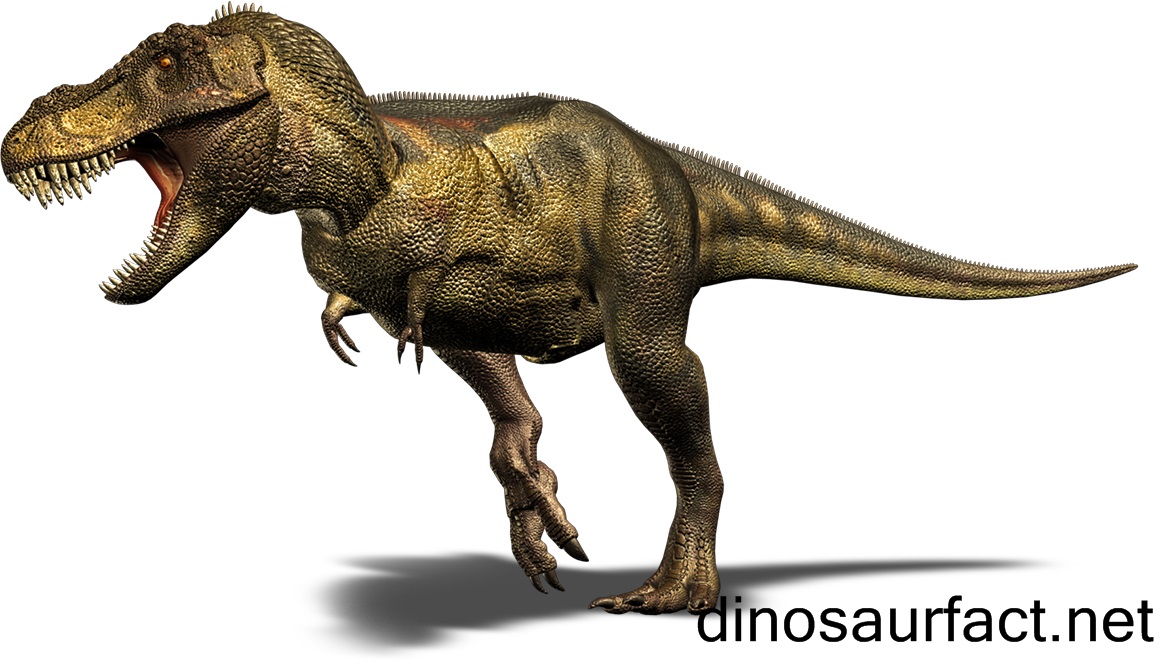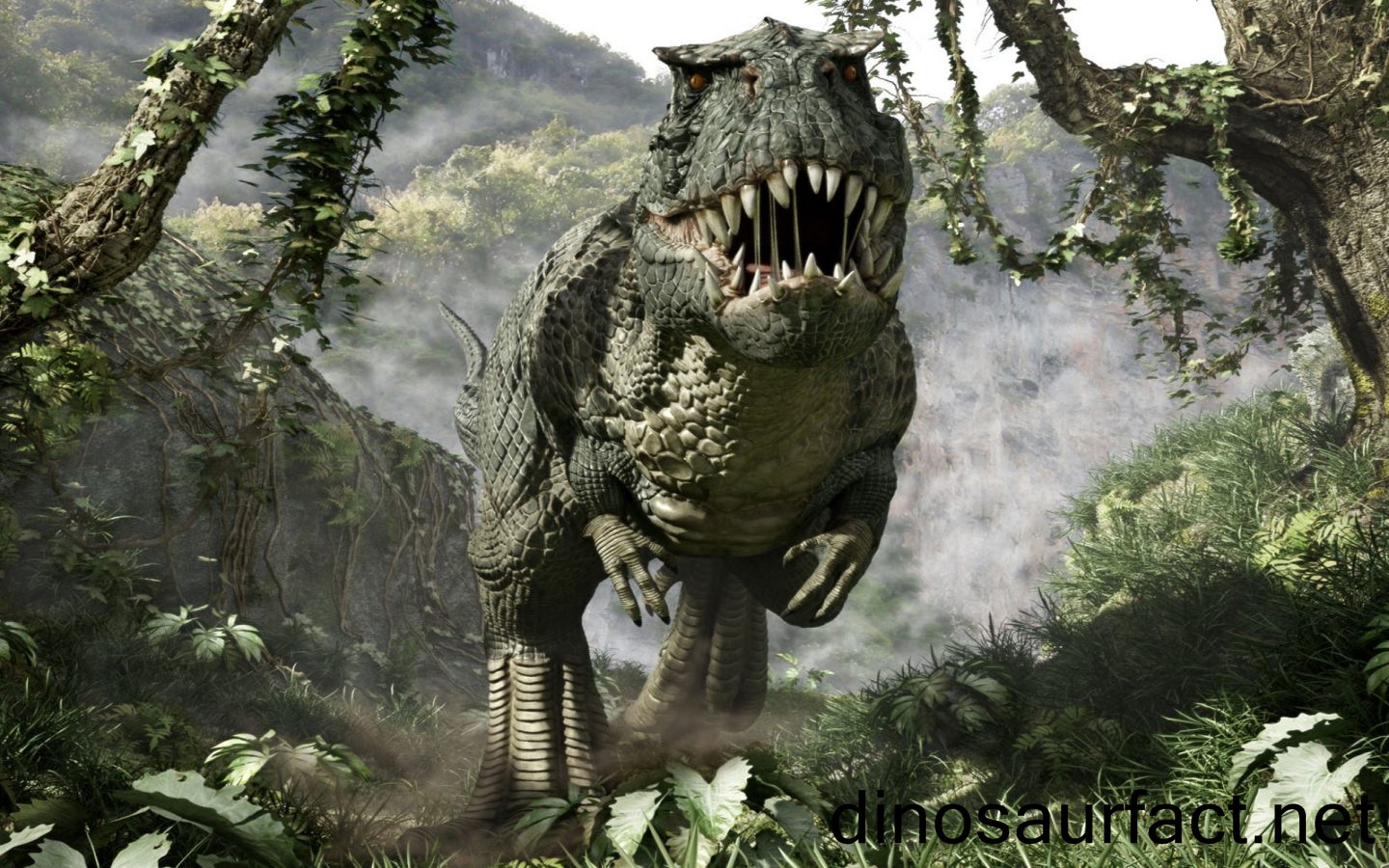 Click to visit the previous dinosaur bio
Click to visit the previous dinosaur bio
 |
|
 |
|
Kingdom: Animalia
Phylum: Chordata
SuperOrder: Dinosauria
Order: Theropoda
Family: Tyrannosauridae
Genus: Tyrannosaurus
 |
|
 |
|
 |
|

There is little point introducing this dinosaur as famous, for in even a person with the lithest knowledge in dinosaurs will have heard of T. Rex. For over a century, it was heralded around the world as the largest carnivore to walk the earth, its fame prolonged by recent discoveries including the Wankel specimen, an articulated skeleton of which half of one hip bone was only partially fossilized & retained a decayed form of blood called 'hemes'. The hemes contained most of the DNA code of the T. Rex, & there were hopes of cloning the dinosaur. However, the genome was too fragmented, drowning the cloning possibilities.
Henry Fairfield Osborn named Tyrannosaurus Rex in 1905. The first fossils were teeth found in 1874 in Wyoming, but T. Rex had not been discovered, & it was not known what animal the teeth belonged to. Since then the Tyrannosaurus genus has suffered much controversy; many knowledgeable people believe close cousins of T. Rex such as Gorgosaurus & Tarbosaurus should be re-classified as other species of Tyrannosaurus, & some think that the genus Tyrannosaurus should be taken of the ever-growing list of dinosaurs, with T. Rex being put under the name Manospondylus Gigas, a dinosaur named earlier. Further fossils of T. Rex have been found in the area in which Manospondylus was found, giving credit to this argument.
For most of the time we have been aware of T. Rex people have thought it an unstoppable predator, effectively ruler of the Cretaceous Earth. Now, however, it is unclear whether it was a predator, a scavenger or both. From the number of fossilized T. Rex remains found, it can be inferred that it was a common dinosaur, unusual for a predator of such size. Remains have also been found with destruction patterns that a T. Rex consumed some of the carcass much after it had been killed.
Tyrannosaurus are thought to have the most powerful sense of smell out of all dinosaurs, with some having curled tubes of bone inside the nose. These coils most likely would've been covered in mucus that trapped smells in the nostrils, giving a stronger sense of smell to the animal. T. Rex would have had the second best sense of smell of all the animals at the time, bested only by its earlier ancestor Daspletosaurus. These skills are an aid for both a scavenger & a predator.
T. Rex varies only slightly from the classic large theropods shape; a larger head & jaws in proportion to its body, with smaller arms so the animal would not be unbalanced. Forward facing eyes helped T. Rex judge distances well, & its relation to birds suggest it had good vision, much like modern day humans.
Many of the other members of Tyrannosauridae had feathers, only on hatchlings in the later, larger animals putting Tyrannosaurs firmly into the Coelurusaur family. No T. Rex fossils have been found with feather impressions, but its closest relative; Torosaurus, has been found with feather impressions as hatchlings. Like many dinosaurs closer to birds, T. Rex had a large brain, perhaps the largest of any dinosaur. Casts of the brain-case are as large as a human's, albeit quite a different shape.
T. Rex teeth are like most theropods', serrated. The largest teeth in the mouth were a foot long in most specimens, & are all the same shape. T. Rex replaced its teeth on a regular basis, dropping old teeth with a smaller tooth underneath, much like sharks. The largest most complete fossil find, Sue, measured 12.8 meters (42 feet) long, & 4 meters (13 feet) tall at the hip.
Index
Extinct Profiles
 Triassic Dinosaurs
Triassic Dinosaurs Jurassic Dinosaurs
Jurassic Dinosaurs Cretaceous Dinosaurs
Cretaceous Dinosaurs Pterosaurs
Pterosaurs Marine Reptiles
Marine Reptiles Dinosaur Extinction
Dinosaur Extinction